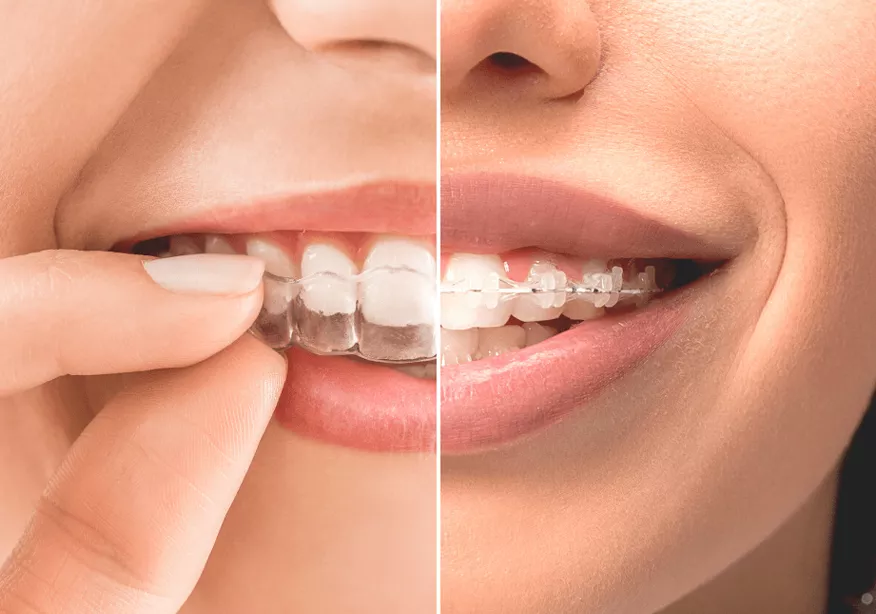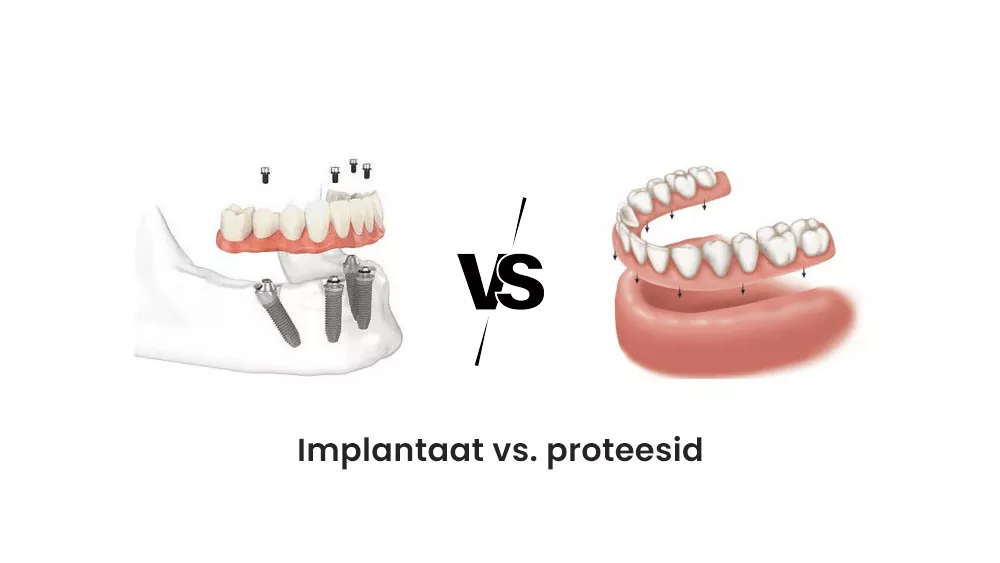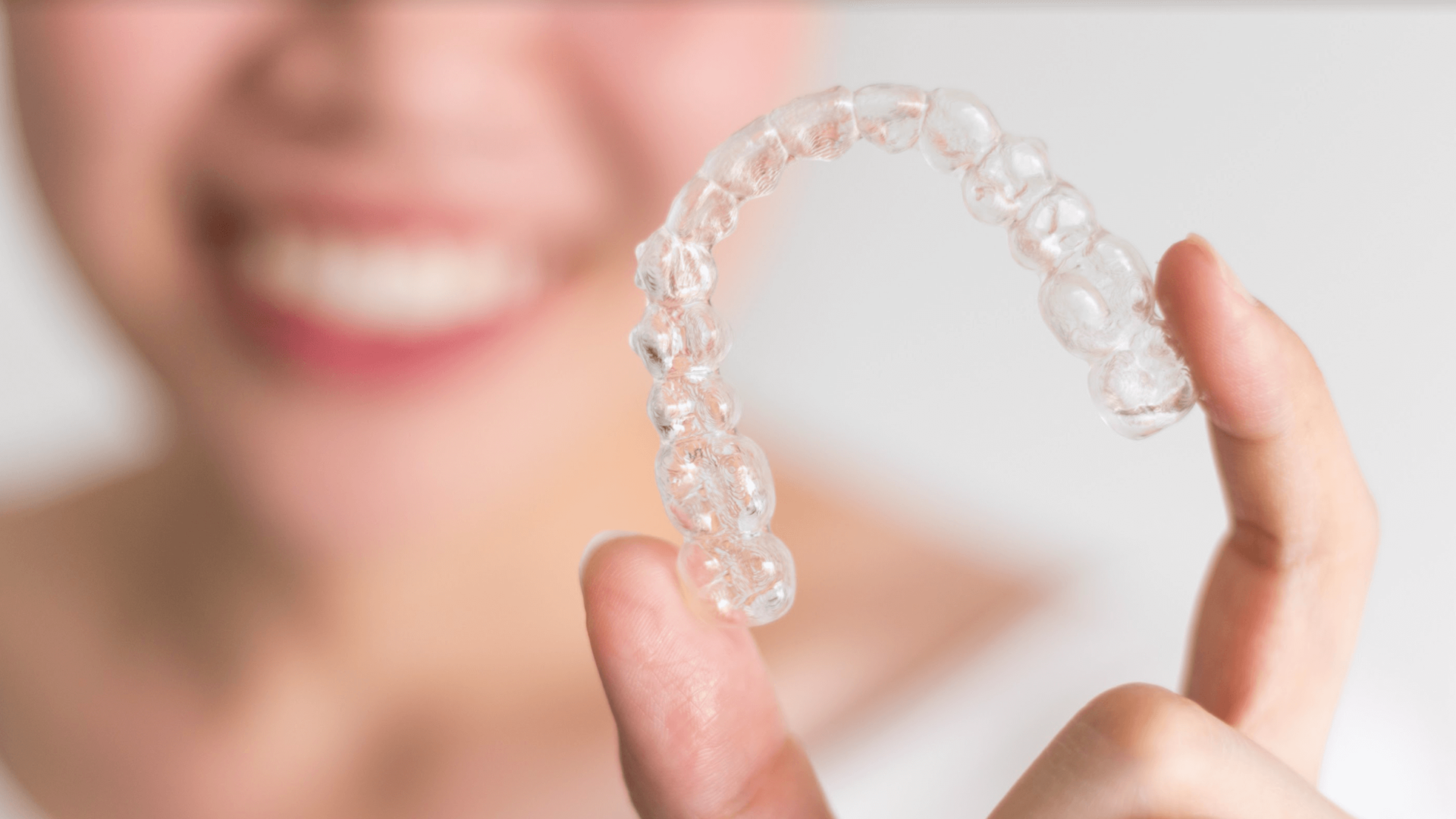Orthodontic Aligners vs Braces: Advantages and Disadvantages

When it comes to teeth alignment and improving your smile, modern dentistry offers several methods. The most popular of these are orthodontic aligners and braces. Both methods have their advantages and disadvantages, which should be considered before making a choice.
Transparency
Aligners: One of the main advantages of aligners is their invisibility. Made from transparent polymer, they are practically invisible on the teeth.
Braces: Traditional metal braces are visible on the teeth, but there are also ceramic braces, which are less noticeable.
Comfort
Aligners: They are comfortable to wear, do not cause friction, and do not damage the gums.
Braces: In the beginning of treatment, they may cause some discomfort as they are attached to the teeth.
Effectiveness
Aligners: Effective for treating most orthodontic problems. However, in more complex cases, their use may be limited.
Braces: Suitable for correcting all cases, including the most complex ones.
Cost
Aligners: Depending on the region and clinic, the cost may be higher than the cost of braces, especially for complex cases.
Braces: The cost of traditional metal braces is usually lower than aligners, but ceramic braces may be more expensive.
Conclusion
The choice between orthodontic aligners and braces depends on the patient’s individual preferences, the complexity of their clinical case, and their financial possibilities. Both methods are effective, but they have their own characteristics. Before making a decision, it is worth consulting a specialist and considering all the pros and cons.
News

Is Dental Implantation Painful? Dr. Regina Kuningas-Ott
Read more
Implant vs. Prosthetics: Which Option is Better for You?
Read more
Why Choose Ordoline Aligners? Everything You Need to Know
Read more
High Blood Pressure and Dental Implants: What You Need to Know Before the Procedure?
Read more
Dental Implantation: What Are the Stages of the Recovery Process?
Read more